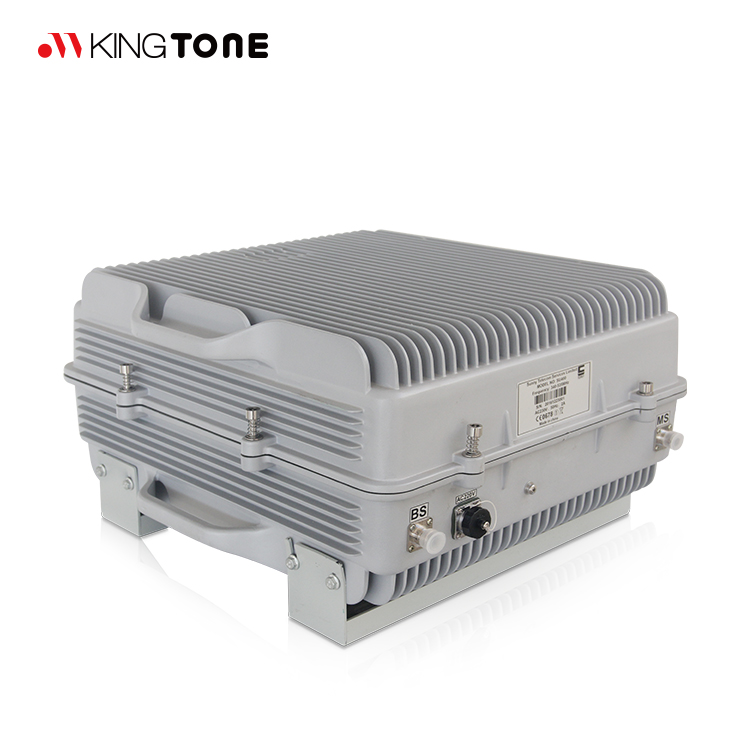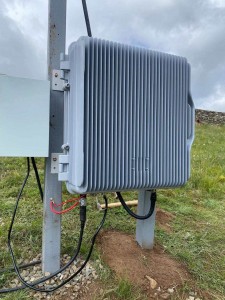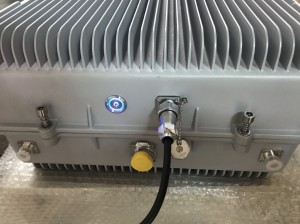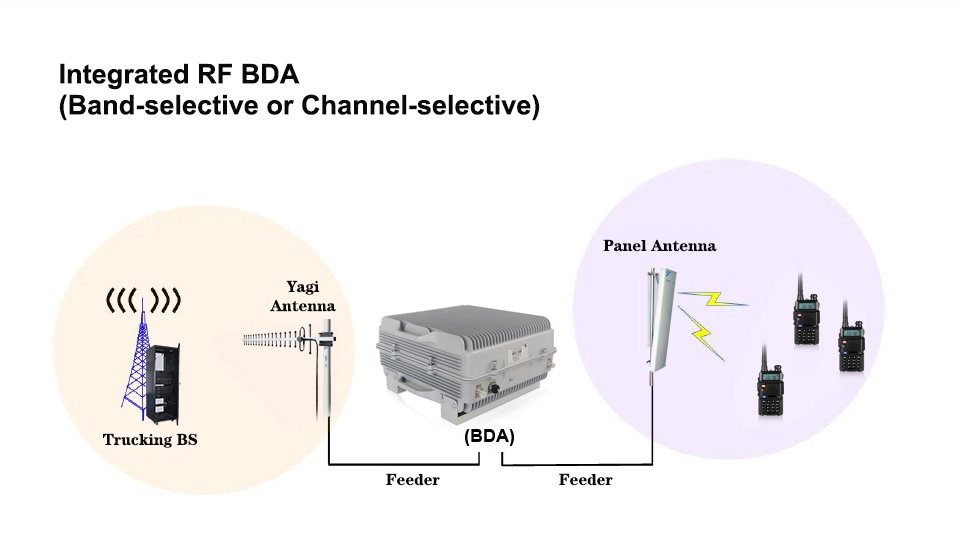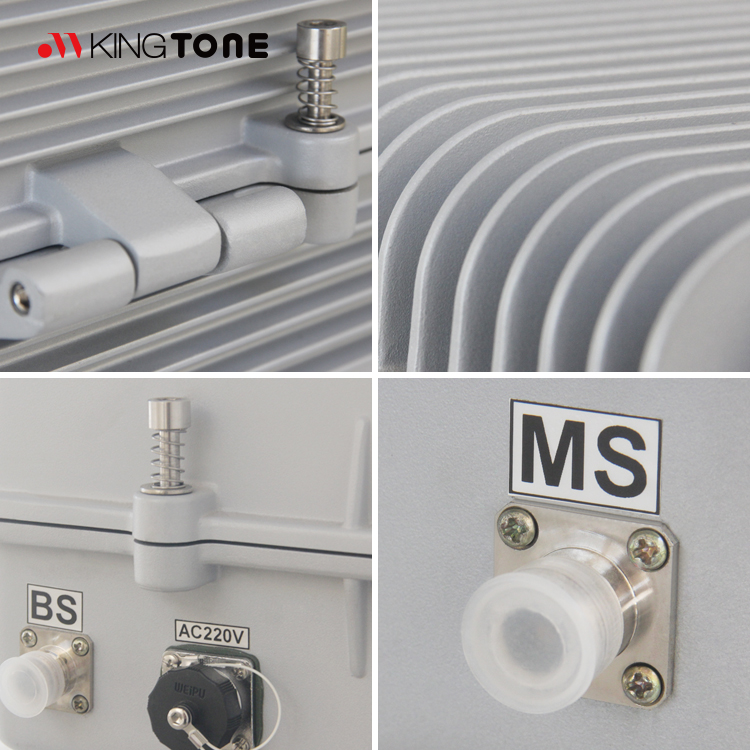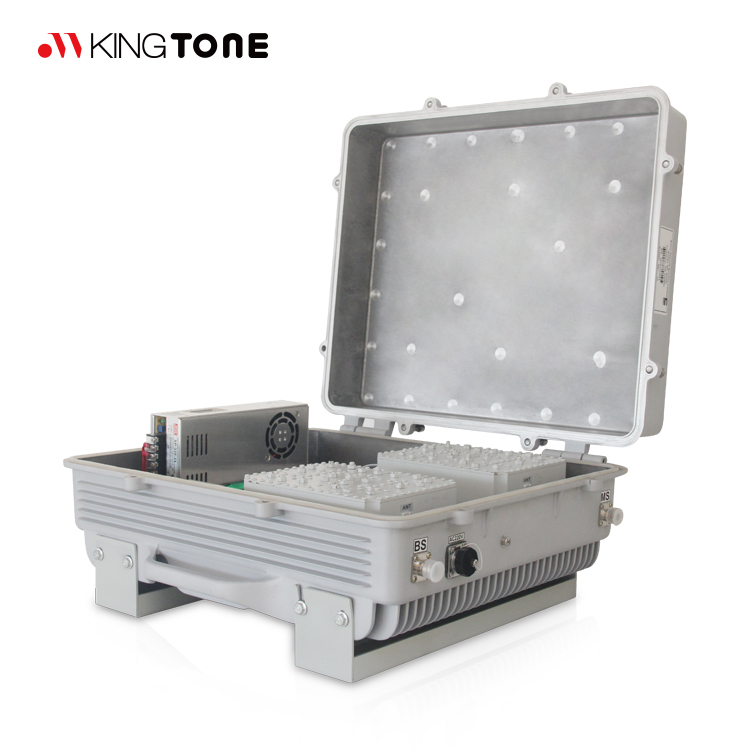Kingtone JIMTOM® Wireless band selective Bi-direction Amplifier are cost effective and reliable solutions designed to extend and improve the coverage area of Tetra BTS. Especially for where the radio environment is complex and interference is strong area. The wireless band selective BDA amplifies and select wanted carriers in both directions, uplink and downlink. With its FPGA based high performance band selective digital filter, high linearity and efficient PAs, robust operating and maintenance system, the BDA is a powerful and economic solution to enhance the BTS coverage area. Typical application scenarios of this BDA: tunnels, buildings, subways, and outdoor scenarios such as stadiums, rural areas and dense urban areas.
It’s a known fact that the communications systems in buildings are not as good as they should be. This is especially true for multi-story buildings, where signal coverage can be spotty at best. In an emergency situation for first responders and building occupants, this lack of communication can literally mean life or death.
Radio enhancement systems typically consists of three components, DAS (distributed antenna systems), BDA (Bi-directional amplifiers), and donor antennae. Donor Antenna capture incoming signals from outside a building, then BDA functions to magnify your connection, amplifying it and improving its strength. DAS then takes over and disseminates the signal evenly across an entire area.
As every building and work site is unique, you’d design the perfect enhancement system for your needs leveraging our years of experience in wireless technology.
|
Items |
Testing Condition |
Specification |
Meno |
||
|
Uplink |
Downlink |
||||
|
Working Frequency(MHz) |
Nominal Frequency |
457-459mhz | 467-469mhz | Customized | |
|
Bandwidth |
Nominal Band |
2MHz |
|||
|
Gain(dB) |
Nominal Output Power-5dB |
95±3 |
|||
|
Output Power (dBm) |
modulating signal |
33 |
40 |
||
|
ALC (dBm) |
Input Signal add 20dB |
△Po≤±1 |
|||
|
Noise Figure (dB) |
Working in-band(Max. Gain) |
≤5 |
|||
|
Ripple in-band (dB) |
Nominal Output Power -5dB |
≤3 |
|||
|
Frequency Tolerance (ppm) |
Nominal Output Power |
≤0.05 |
|||
|
Time Delay (us) |
Working in-band |
≤5 |
|||
|
Gain Adjustment Step (dB) |
Nominal Output Power -5dB |
1dB |
|||
|
Gain Adjustment Range(dB) |
Nominal Output Power -5dB |
≥30 |
|||
|
Gain Adjustable Linear(dB) |
10dB |
Nominal Output Power -5dB |
±1.0 |
||
|
20dB |
Nominal Output Power -5dB |
±1.0 |
|||
|
30dB |
Nominal Output Power -5dB |
±1.5 |
|||
|
Inter-modulation Attenuation (dBc) |
Working in-band |
≤-45 |
|||
|
Spurious Emission(dBm) |
9kHz-1GHz |
BW:30KHz |
≤-36 |
≤-36 |
|
|
1GHz-12.75GHz |
BW:30KHz |
≤-30 |
≤-30 |
||
|
VSWR |
BS/MS Port |
1.5 |
|||
|
I/O Port |
N-Female |
||||
|
Impedance |
50ohm |
||||
|
Operating Temperature |
-25°C ~+55°C |
||||
|
Relative Humidity |
Max. 95% |
||||
|
MTBF |
Min. 100000 hours |
||||
|
Power Supply |
AC220V(50Hz)/AC110V(60Hz)( ±15%) |
||||
-
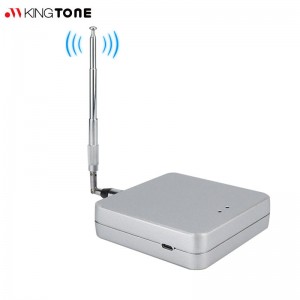
Wholesale China Kingtone XR-1000 Mini Duplexer ...
-
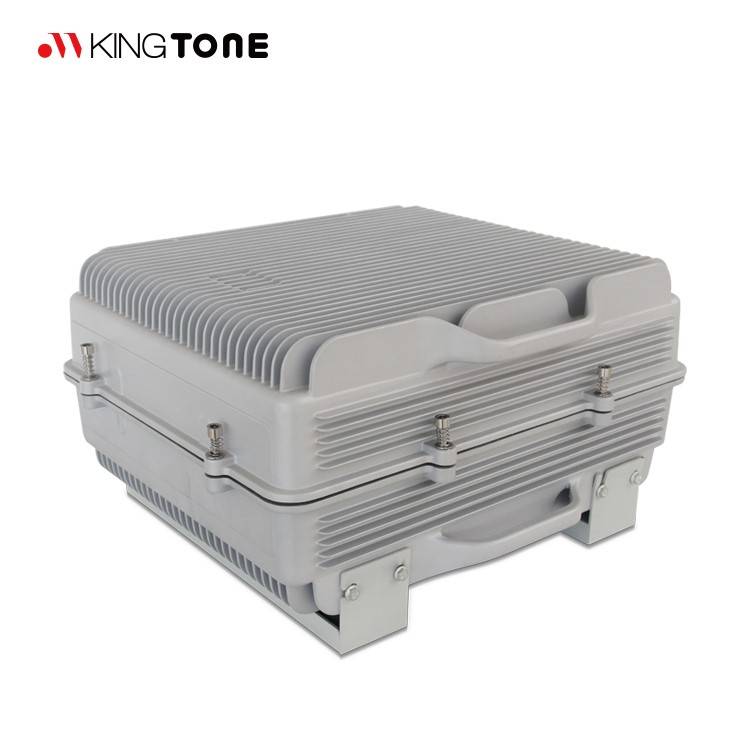
5w 37dbm TETRA 400mhz band selective RF repeater
-
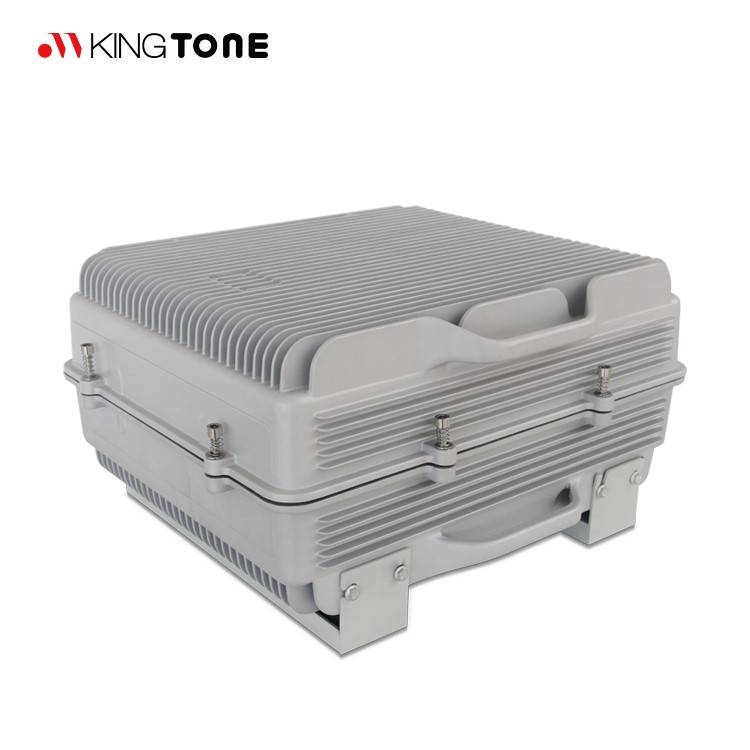
10W 40dbm TETRA400 350 380 430 UHF BDA RF signa...
-
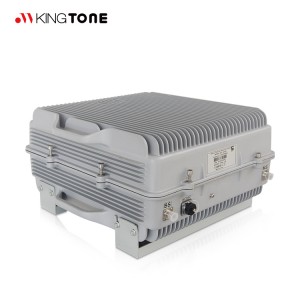
Best Performing Off-air Tetra Repeater Indoor O...
-

Kingtone JIMTOM 2022 New Arrival KT-DR700 Water...
-

UHF TETRA Channel Selective BDA Repeater for Ra...


